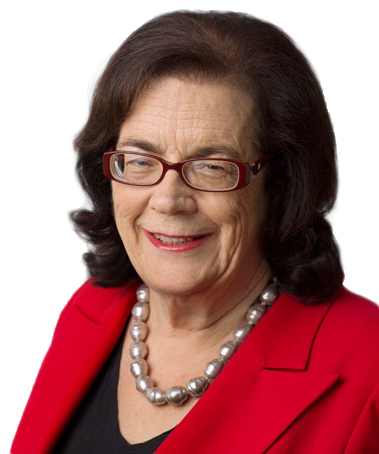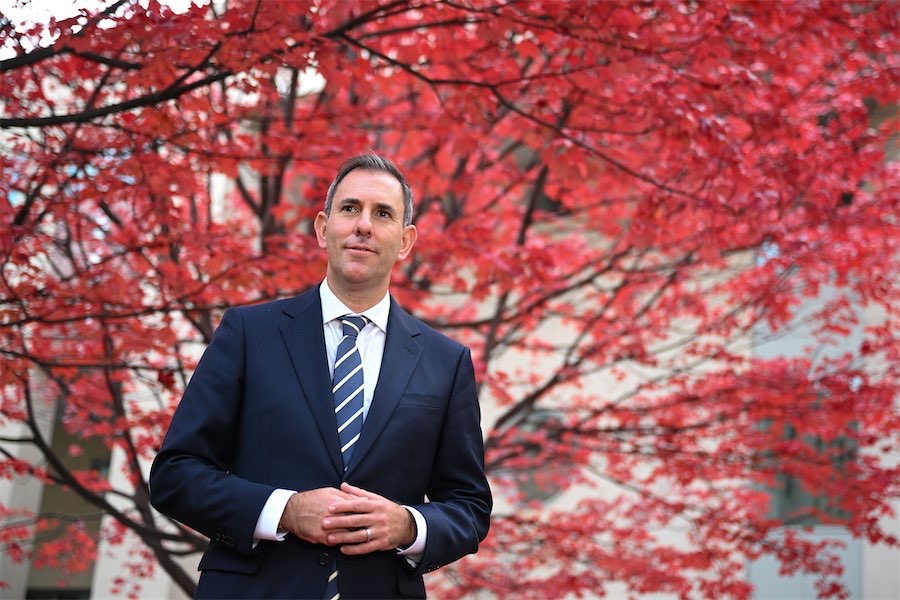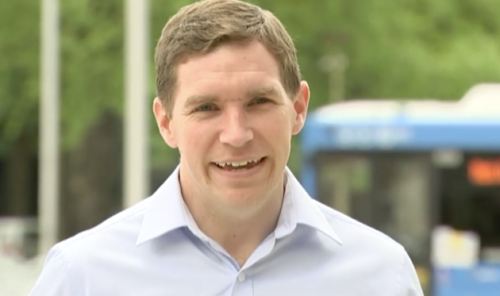The Albanese government should be selling the Voice as part of its wider framework for reducing Aboriginal disadvantage, writes political columnist MICHELLE GRATTAN.
A REPORT this week from the Productivity Commission has exposed – without spelling it out – an odd shortcoming in the Albanese government’s sales pitch for its Voice proposal.

The commission examined the progress of the National Agreement on Closing the Gap that all governments and the Coalition of Aboriginal and Torres Strait Islander Peak Organisations reached in 2020.
This agreement aimed to accelerate reducing disadvantage by having Aboriginal and Torres Strait Islander people as partners in decision-making. The assessment in the PC’s report (still in draft form) is depressingly predictable.
By documenting the continuing lack of agency First Australians have, the commission has strengthened the case for the Voice
But it has also provided a reminder that a comprehensive framework is there for involving indigenous people in decisions affecting them.
The impression we often get from the Albanese government is of a total void the Voice will fill.
Of course the constitutional status being sought for the Voice makes it distinct, and that has raised its own issues. It would also be a representative and advisory body, while indigenous bodies in the national agreement’s processes are supposed to be making decisions and implementing policies.
But given the government says the Voice will be vital in helping to close the gap, its case surely would be strengthened by casting it as a major – albeit different – additional building block that would help the current agreement work more effectively. It would be filling a hole, rather than a void.
This would put the Voice into a wider, more structured context, which could reassure some undecided or sceptical voters. They would still not know as much as they wished about it, but they could have a clearer view of where it might fit.
The Calma-Langton report on the Voice said it would “complement existing arrangements such as the National Agreement, building on the strengths of what is in place”.
The PC report also carries a salutary message for anyone who might think the Voice would change everything quickly.
It spells out how hard it is to reform bureaucracies, and how much inertia comes from governments, even when they’ve signed up with presumably good intentions. The Voice, if it comes to pass, potentially could run into many of the problems the agreement has.
And, as with the agreement, how much change the Voice had achieved would inevitably be judged a few years on, reflecting well or ill on the Albanese government.
Under the national agreement governments are committed “to building and strengthening structures that empower Aboriginal and Torres Strait Islander people to share decision-making authority with governments”. This is through “place-based partnerships, policy partnerships and plans for strengthening key sectors (initially covering the priority policy areas of justice, social and emotional wellbeing, health, housing, early childhood care and development, disability and languages)”.
The review found it “too easy to find examples of government decisions that contradict commitments in the agreement, that do not reflect Aboriginal and Torres Strait Islander people’s priorities and perspectives and that exacerbate, rather than remedy, disadvantage and discrimination”. It points to youth justice systems as a particular example.
The commission asks whether “governments have fully grasped the scale of change required to their systems, operations and ways of working to deliver the unprecedented shift they have committed to”.
Such questions are relevant to the Voice. Critics fear it could clog government. Supporters emphasise it would have no veto. Charting a course through these rocks, the Voice would need to be selective (as the government has said) and well-informed (for which it would require adequate resources) about the issues on which it advised and the initiatives it pushed.
Those receiving the representations, politicians and bureaucrats, would have to be both open-minded and judicious in dealing with them.
Of all policy areas, none is more replete with what political scientists term “wicked problems” than indigenous affairs. And (as the PC highlights) these cover not just what is done, but how it’s done. Ceding power, sharing decision-making in true partnerships with the central stakeholders, is extremely difficult for government organisations.
Then there are the decisions themselves. Take the issue of bail laws for example, where the desperate need to reduce the incarceration of young Indigenous people rubs up against the expressed demand for community protection.
Or think of the conflicting pulls in trying to provide equality of educational opportunity for young Aboriginal people: how do you deliver advanced learning for those in very remote communities?
Pat Turner is lead convenor of the Coalition of Peaks (comprising more than 80 Aboriginal and Torres Strait Islander community-controlled peak and member bodies) and she stood beside Morrison when the 2020 agreement was announced. Turner was unsurprised by the PC’s findings: “We’ve been telling governments this from the start, but they are very slow to understand the changes needed. It’s really hard for people to change their mindset from ‘business as usual’.”
Turner, who has been involved in both bureaucracy and activism for decades, wants all agreements between the federal and state governments (on hospitals, schools and the like) to reflect the Closing the Gap commitments.
She’s also pressing for the annual federal budget to include a statement on spending and programs in Indigenous affairs. This should be attractive to Treasurer Jim Chalmers, who is preoccupied with the interface between budgetary and social policy. Indeed it is surprising it has not been done already, given the budget has its women’s statement.
Turner has direct experience of an area of successful indigenous decision-making, in her role of CEO of the National Aboriginal Community Controlled Health Organisation (NACCHO). During the pandemic, “we drove the response in Aboriginal Australia,” she says. “The government took our advice.” Communities were closed; the indigenous death rates were much lower than initial fears.
The PC is still collecting information for its final report, presented late this year, after we know the referendum’s outcome. If the Voice gets up, potentially it could deliver heft to the national agreement, through tapping into what indigenous communities are saying and needing, and by having a national stage to amplify the messages.
Regardless of the result, however, it is vital governments step up efforts on the national agreement. A “no” vote would bring a period of disillusionment and anger among indigenous people. It would simply add disaster to defeat if that turned the spotlight away from the pursuit of progress in dealing with the problems Aboriginal Australians face.![]()
Michelle Grattan, Professorial Fellow, University of Canberra. This article is republished from The Conversation.
Who can be trusted?
In a world of spin and confusion, there’s never been a more important time to support independent journalism in Canberra.
If you trust our work online and want to enforce the power of independent voices, I invite you to make a small contribution.
Every dollar of support is invested back into our journalism to help keep citynews.com.au strong and free.
Thank you,
Ian Meikle, editor




Leave a Reply